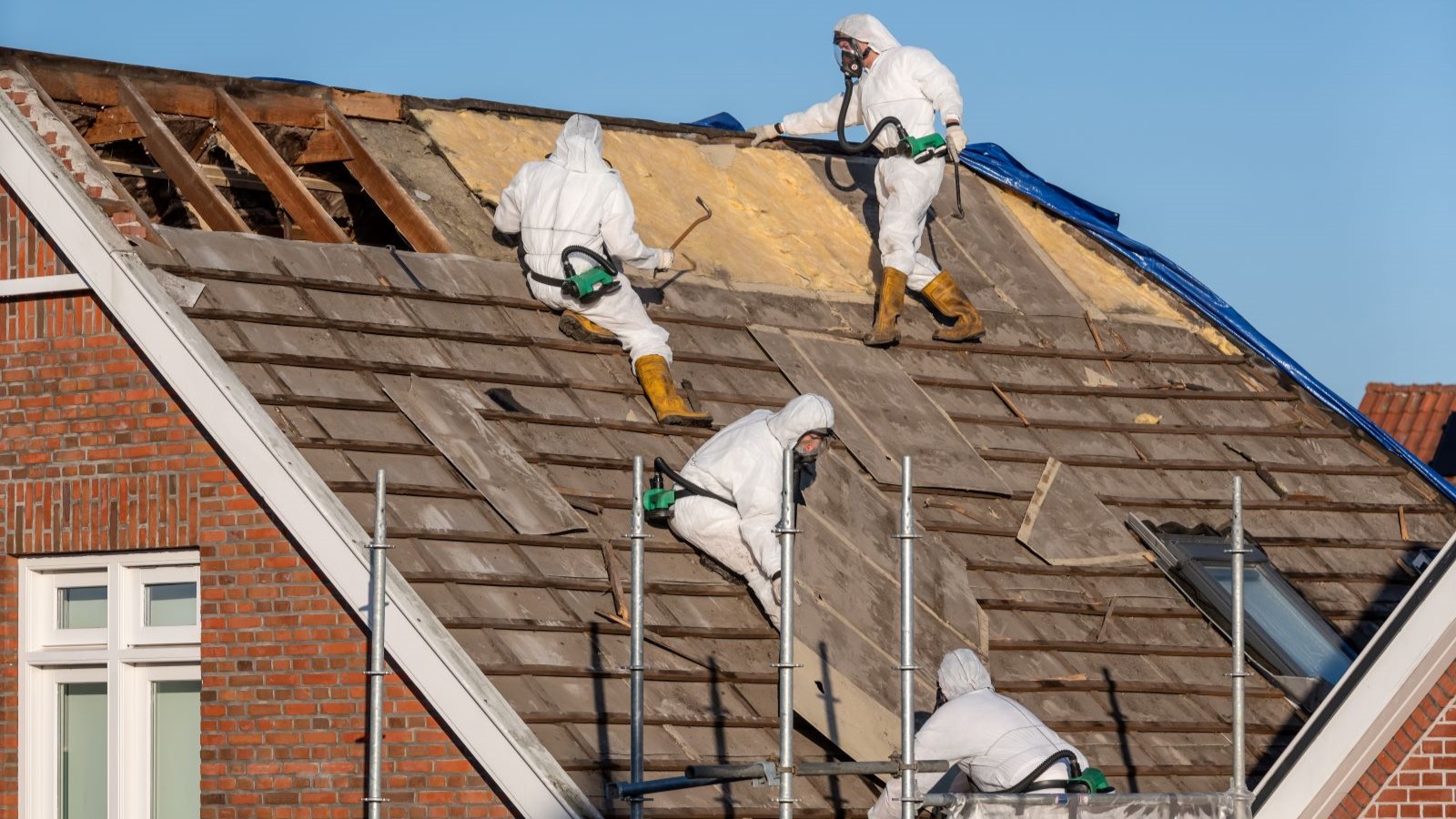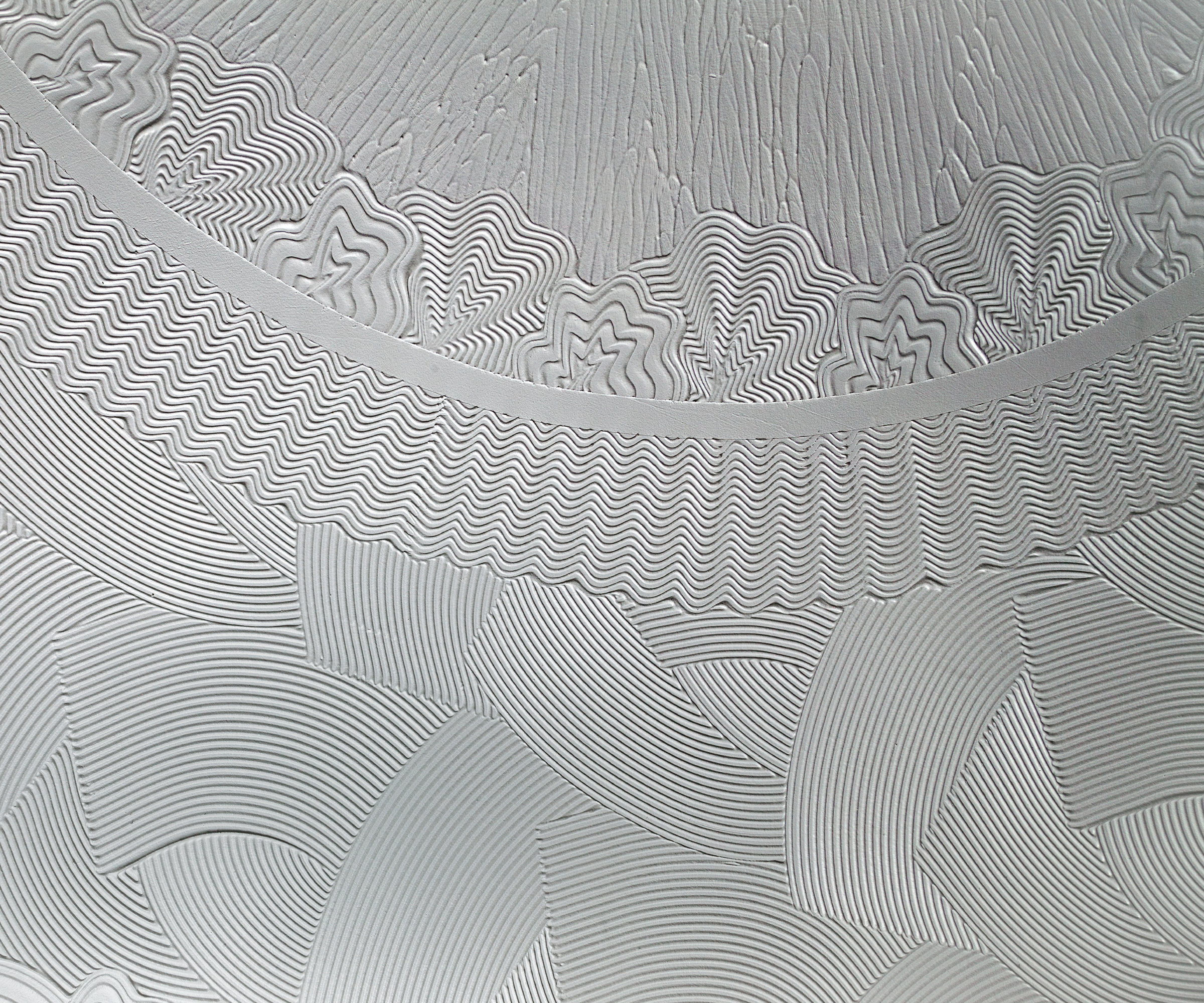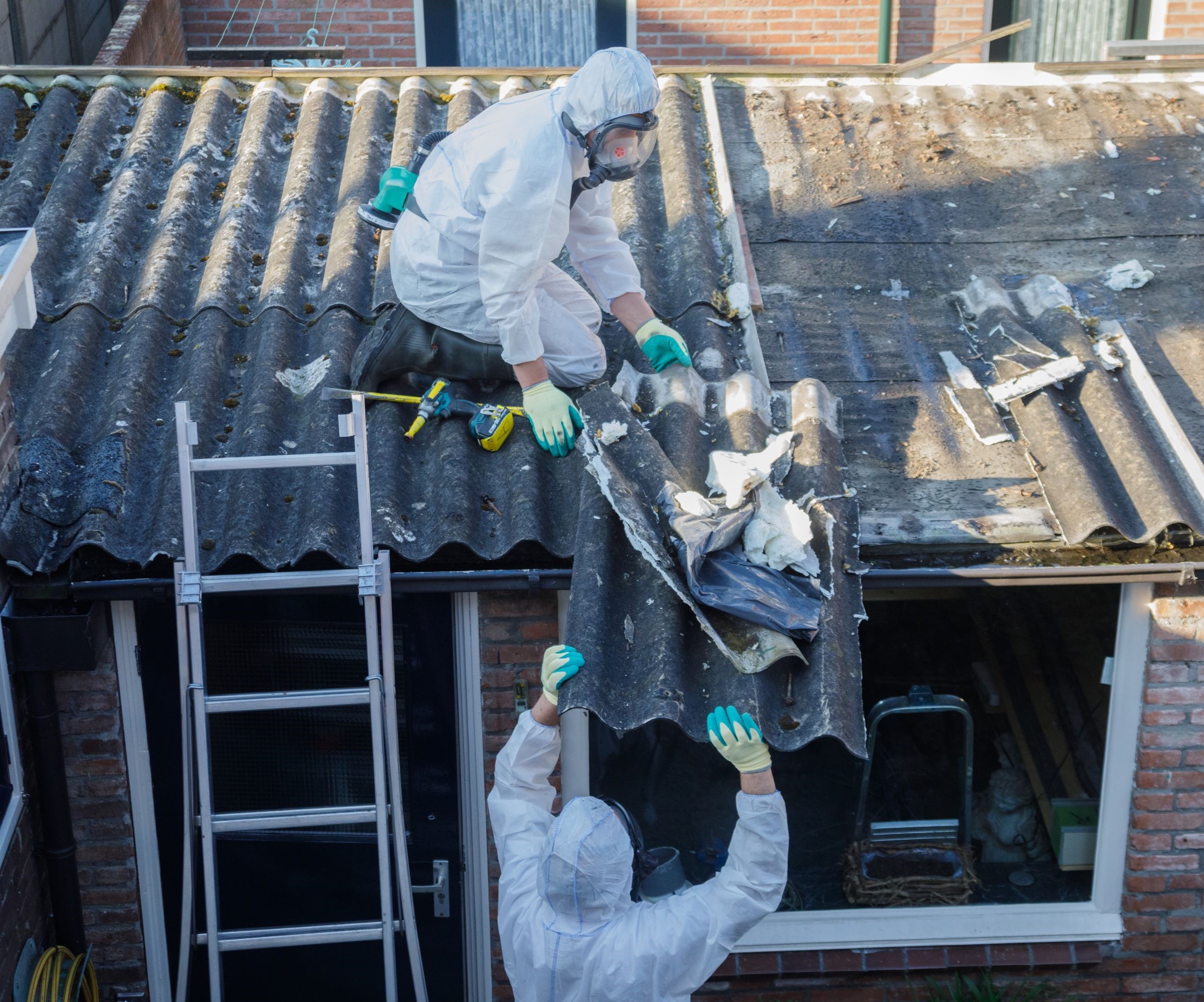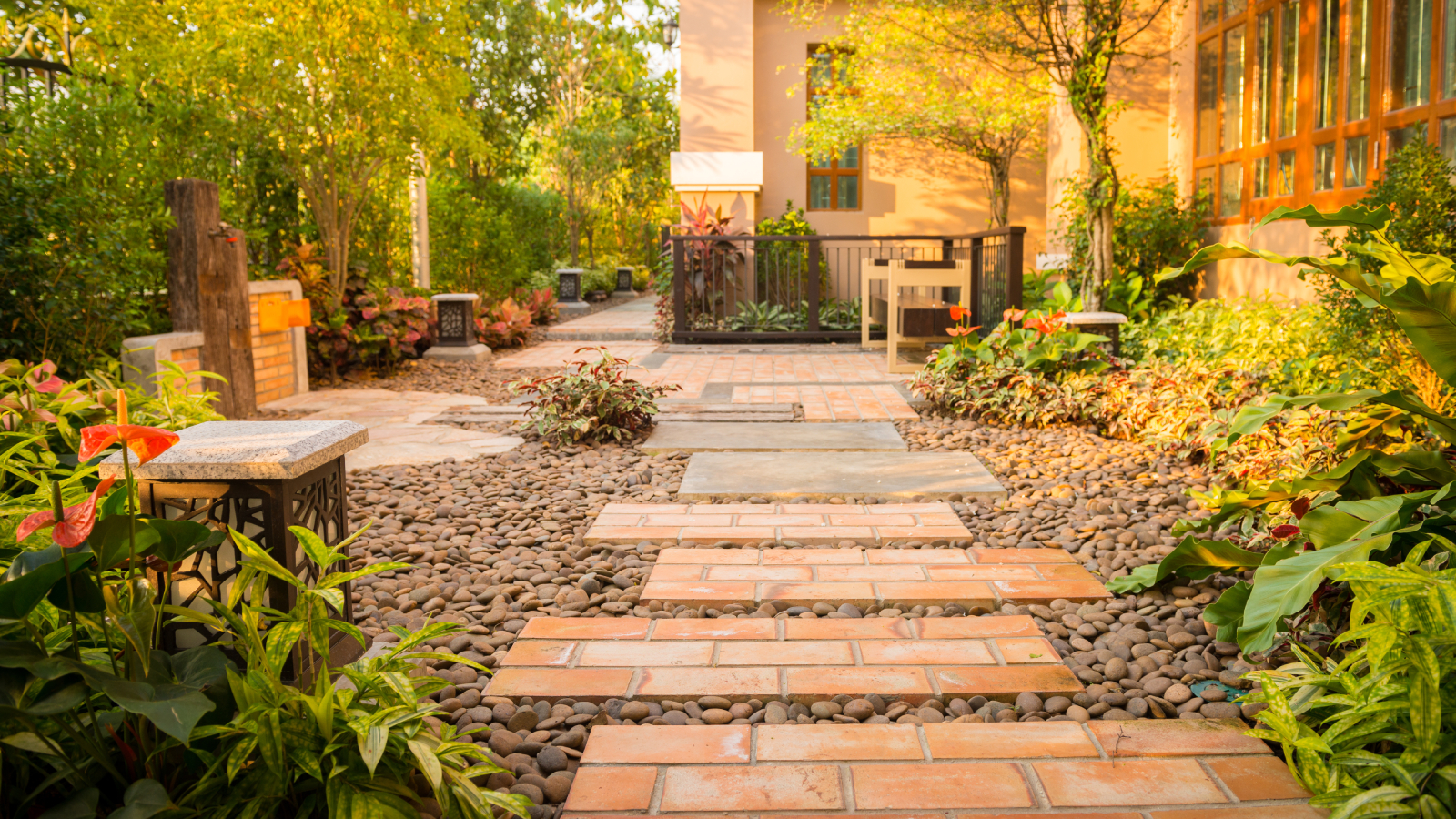Buying a house with asbestos? What you need to know
If you’re buying a house where asbestos is found or suspected, there can be room for price negotiation, but you need to have the facts at hand

Discovering asbestos is not necessarily a reason to avoid buying a house. And discovering it in a property may mean you are able to agree a discount.
“The presence of asbestos offers the opportunity to negotiate on price,” says Paula Higgins, founder and chief executive of HomeOwners Alliance. “This is especially the case if you are planning to renovate, as costs will escalate to ensure that the asbestos is correctly managed or removed.”
Left undisturbed, asbestos is not always dangerous. But if the fibres break loose and become airborne, it can cause serious health issues. In this article we look at what you need to consider when looking to buy a home that has asbestos lurking somewhere in the fabric of the building.

HomeOwners Alliance is an organisation that exists to restore trust in home ownership by lobbying for policies and industry practices to achieve better deals for homeowners and those who aspire to own. She is also a board member on the Shared Ownership Council and the government's Leasehold Advisory Service.
What is asbestos?

Subscribe to Plotfinder.net to access over 15,000 building plots and properties that could become your next project
Asbestos is a naturally occurring fibrous mineral resistant to heat, electricity and corrosion. It is found in several colours, white, blue, brown, grey, green, and yellow. White is the most common kind of asbestos found in UK homes.
Asbestos is a known carcinogen, recognised as a contributing factor to deaths from lung cancer and mesothelioma, a cancer affecting the lining of the lungs, chest and abdomen. It also causes the respiratory disease asbestosis.
More than 5,000 deaths a year in the UK are linked to asbestos exposure, according to UKATA (The United Kingdom Asbestos Training Association). Use of asbestos in UK buildings was totally banned in 1999.
In 2022, MPs on Parliament’s Work and Pensions Committee acknowledged that the drive towards net-zero and the associated increase in retrofitting mean disturbances of asbestos are set to rise. So it pays to know exactly what you’re dealing with.
Types of home that might have asbestos
Homes built before 2000, especially those dating from the 1960s, 1970s and 1980s, are most likely to have asbestos. Social housing, much of it built when asbestos was still widely used in construction, is particularly likely to contain asbestos.
Where asbestos is often found in a home
Asbestos was used in fire-proofing, insulation, roofing, floors, cement walls, gutters and pipes and in Artex and other textured wall coverings.
You might find asbestos in fireplaces, in ceilings, lofts and fixed to internal doors to make them fireproof. Many domestic garages – look for those familiar ridged asbestos roof tiles – were built of material containing asbestos.
Asbestos is also found some older types of thermal insulation or water tanks.

How buyers find asbestos
It is usually either down to the seller declaring it, or a surveyor spotting the possibility of asbestos. If the seller knows their property contains asbestos, they are required to declare this during the sale process, says Paula Higgins: “This is typically done through the TA6 form (designed for the seller to give the buyer detailed information about the property), which the seller must complete truthfully.
“However, many sellers may not know if asbestos is present in their property. In these cases, it will fall to the buyer to investigate whether the house contains asbestos.”
Buyers typically commission a homebuyer survey or a more detailed building survey during the purchasing process. While surveyors may note potential risks or flag areas likely to contain asbestos based on their experience, this is not guaranteed.
“General surveys don't always detect asbestos, unless it is visible or flagged as a potential concern”, says Robin Edwards, partner at property buying agents Curetons .
For a definitive answer, buyers would need to commission a specialised asbestos house survey.
Robin Edwards is a partner at property buying agents Curetons and has been working in prime residential property for nearly 20 years. He regularly advises clients on the purchase and development of properties, including on the potential of renovating and extending their homes.
Specialist asbestos surveys
A specialist asbestos survey is typically required to provide leverage for a sales price reduction, satisfy mortgage requirements, or simply deliver important information for the person buying the property.
“A specialist survey and estimate can be provided to confirm the presence of asbestos and the cost of safe removal and disposal,” says Michael Zucker, chartered surveyor at north London estate agents Jeremy Leaf . “The cost will vary greatly depending on the extent and nature of the asbestos found.”
According to trades comparison platform Checkatrade, an asbestos survey will cost in the region of £200 – £1,000 (depending on the size of the property).
There are two common types of asbestos surveys. The Asbestos Management Survey is suitable for general occupancy. It will give direction on how to protect against risk without major removal of the material.
The Asbestos Refurbishment and Demolition Survey is typically required if renovations are planned. This is more intrusive, with a comprehensive assessment, giving directions about where detected asbestos must be removed or whether it can be managed.
“Both surveys involve sampling and laboratory analysis to confirm the type and condition of asbestos,” Robin explains. “It is crucial to hire a licensed asbestos surveyor accredited by the Health and Safety Executive (HSE) or a recognised organisation such as the United Kingdom Accreditation Service (UKAS).”

Michael is a chartered surveyor with north London estate agency, Jeremy Leaf & Co, north. He graduated in architecture before qualifying as a chartered surveyor. He joined Jeremy Leaf & Co in 1986, subsequently becoming a fellow of the RICS. Michael specialises in valuations for various purposes, in particular for leasehold enfranchisement.
Asbestos and house value
The presence of asbestos doesn’t automatically reduce a property’s value, but it will ring warning bells.
“It may create an opportunity for a buyer to negotiate on the price,” says Robin. “How it affects the price depends on where the asbestos is located, its condition and the cost of professional removal [or management]. If asbestos is deemed a safety risk or its remediation requires significant expense, this can definitely give leverage to renegotiate the purchase price.”
Michael disagrees, arguing that because asbestos can be expensive to remove, “its presence will certainly negatively impact the value of the property.
Adjustments may be made to the offer on the table so new owners can commission remedial works. Or the work may have to be paid for, completed and signed off before the sale can go through, with no serious effect on the price accepted.
“In some cases, the vendor may agree to arrange its safe removal and foot the bill so it shouldn’t impact the sale price,” says Michael.
Removing asbestos from a house
Anyone who discovers asbestos should never attempt to remove it themselves. Asbestos needs safe removal by an expert if there is any chance at all that the fibres will become damaged - this may happen if walls and ceilings are being removed, for example, or a garage demolished.
It is vital to consult a firm experienced in asbestos management and removal. Asbestos experts should be asked for proof of BOHS (British Occupational Hygiene Society) P402 Standard, a HSE (Health and Safety Executive) License, and a Hazardous Waste Carriers Licence.

Cost of asbestos removal
If asbestos is found, a buyer should always discuss options via their conveyancing solicitor. Removal costs around £225 per sqm, according to Checkatrade.
Asbestos can also be ‘encapsulated’. If it remains in good condition and there is no risk of damage or disturbance, covering the asbestos with a protective layer to prevent fibres escaping is much cheaper – at around £33 sqm – than removal.
Discovering asbestos after a house purchase
“Under The Property Misdescriptions Act 2013, it’s an offence to withhold information asked for on the TA6 form,” says Paula Higgins. “You could consider legal action but would need to prove that the seller was aware that the property contained asbestos.”
Michael Zucker agrees: “If the vendor is aware of the presence of asbestos and did not declare it, or the surveyor was negligent when carrying out their inspection, there may be a case for claiming damages and instigating legal action. However, in some cases, asbestos is hidden in the structure and not easily detected until major works are carried out."
This is the big issue, concludes Robin Edwards – the previous owners could be completely unaware that there had been asbestos in their home. “If the seller was unaware of the asbestos, legal options are limited, unless there is evidence of negligence during the conveyancing process.”
If asbestos is suspected, or discovered, you definitely have grounds to negotiate on price for a house after a survey, especially if you are planning to renovate. Asbestos is a common find in certain homes, highlighting why you should never buy a house without a survey.

Get the Homebuilding & Renovating Newsletter
Bring your dream home to life with expert advice, how to guides and design inspiration. Sign up for our newsletter and get two free tickets to a Homebuilding & Renovating Show near you.
